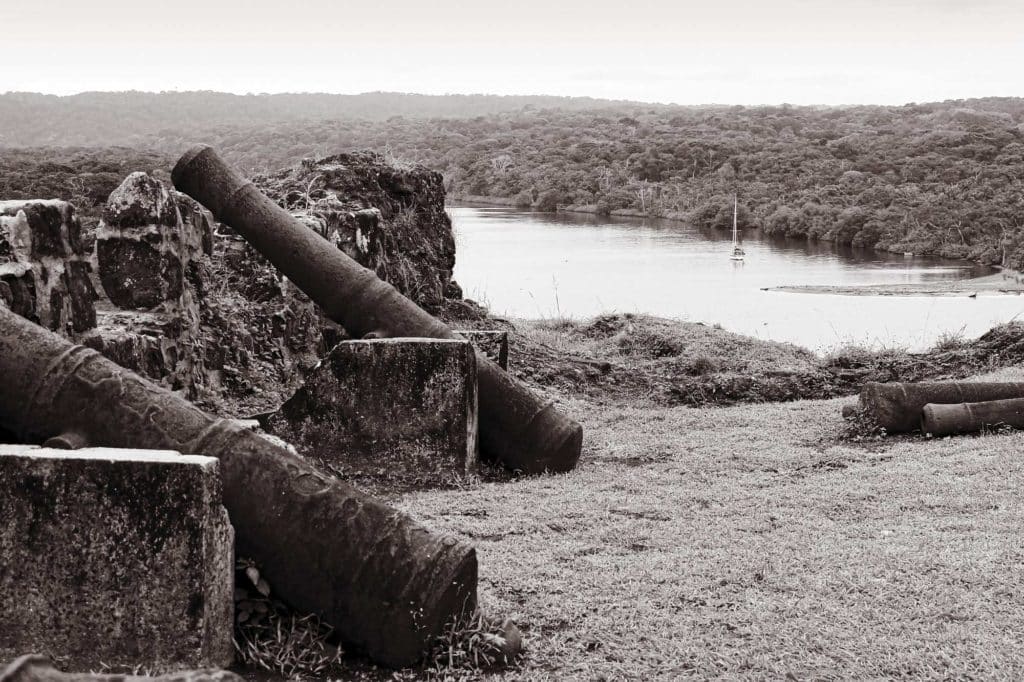
As a child, I was fascinated with pirates: fearless, swashbuckling buccaneers plundering galleons and burying loot on desert islands—maybe that’s why I took up cruising. As my husband, Neil, and I sailed through Panama and the Greater Antilles, the name of the infamous pirate Henry Morgan kept popping up again and again. We found ourselves following in his wake: sailing routes that he had traveled, anchoring in bays he had frequented, and inspecting the ruins of forts and settlements that he had built or destroyed.
Neil and I had arrived in the Caribbean after crossing the Pacific in Distant Drummer, our Liberty 458 sloop, and spending three years dawdling down the west coast from Alaska to Central America. We enjoyed a season exploring the Gulf of Panama before transiting the Panama Canal and finally reaching the Spanish Main, the honeypot for pirates in the 17th century. Tales of Capt. Morgan had me hooked; I had to find out more about this notorious privateer so loved by the British, loathed by the Spanish, and iconic enough to have a rum named after him.
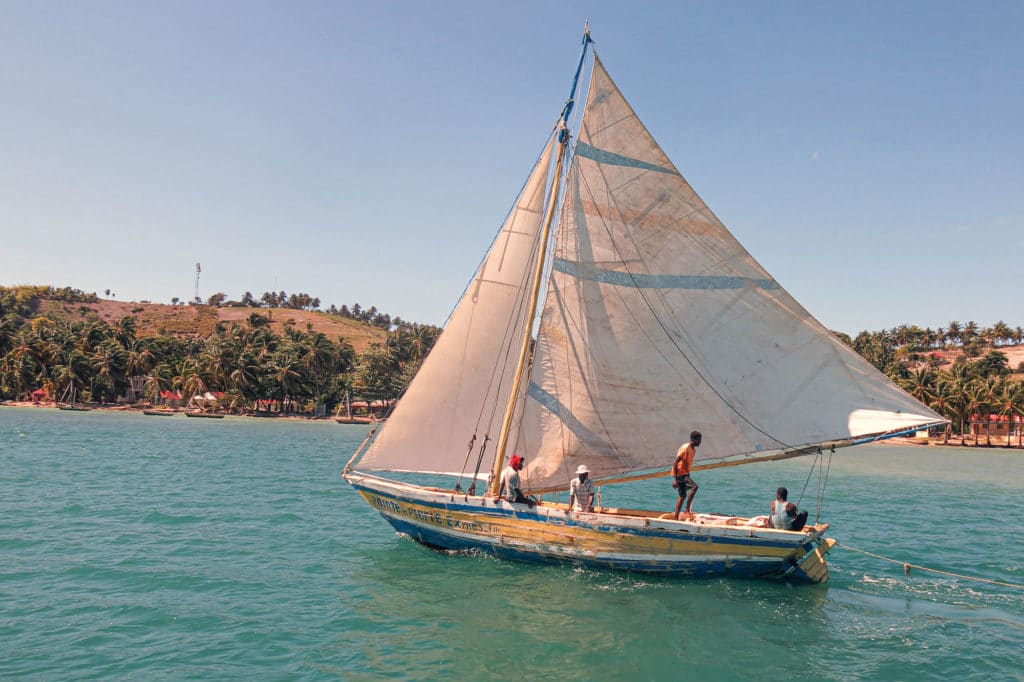
Panama: A crossroads, past and present
After the serenity of cruising in the rivers and islands in the Gulf of Panama, Panama City is a great place to enjoy the buzz of city life while getting organized to transit the canal. The city has two anchorage areas on either side of Isla Perico; La Playita on the south side of the island provides better shelter during the northerlies of the dry season, and Las Brisas on the north side is preferred during the wet season when a persistent ground swell rolls in from the south.
As with any city, there are good and bad districts; the old Canal Zone offices in the Balboa area with their immaculately clipped lawns border the slum tenements of El Chorrillo. Downtown is crowded with skyscrapers competing for the most radical and eye-catching design, whereas the old Spanish quarter known as Casco Viejo is the hippest and trendiest part of the city.
There are actually two “Old Panamas” in Panama City: Panama Viejo is the ruins of the original settlement after it was razed by Morgan in 1671, and Casco Viejo is the historic district where the town was rebuilt. The battle for Old Panama City was a complete fiasco. Morgan’s reputation as a ruthless and bloodthirsty pirate preceded him, and although the Spaniards were superior in number, the troops were mostly inexperienced, and many fled before the first shots were fired. The governor of Panama had sworn to burn down the city if it were lost to the privateers. The resulting fires destroyed the wooden buildings, leaving only a few stone structures standing in what is now Panama Viejo.
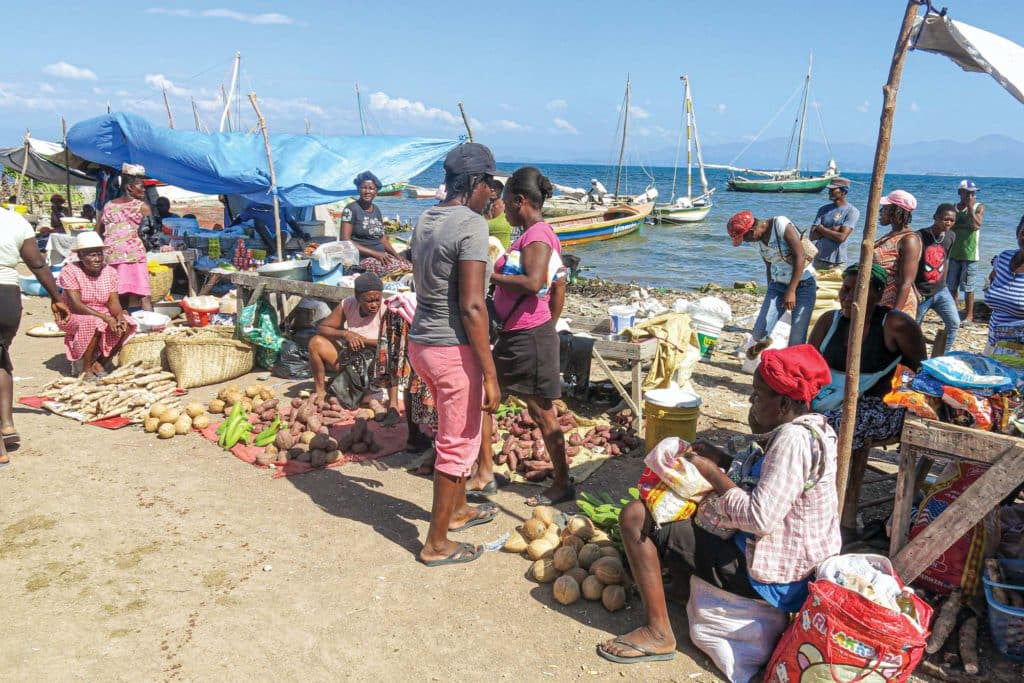
In 1673, the offices of colonial government were rebuilt in Casco Viejo, but as the modern city grew, the old Spanish town was abandoned and became a tough barrio where no rational person dared to tread. However, since Casco Viejo was declared a UNESCO World Heritage Site in 1997, money has poured in. The denizens have been relocated, and many of the old pastel-colored buildings have been restored and reopened as chic restaurants and bijou hotels.
Chagres: The route across the isthmus
The route of the Panama Canal follows the Chagres River and the Camino de Cruces, one of the trails used for transportation of Peruvian gold and silver from the Pacific coast to the Spanish Main. The canal joins the Caribbean Sea about 7 nautical miles east of the mouth of the Chagres River, and entrance into the river requires a slalom around the Lajas Reef to port and a sandbar to starboard. The anchorage behind the bar is sublime, but it pays to listen for ACP (the Panama Canal Authority) radio warnings; when the floodgates open, the current and water level increase dramatically, and in the past, at least one vessel has been washed up onto the sandbank.
In 1671, Morgan arrived at Chagres with the largest pirate fleet ever assembled, on a mission to march to Panama City and destroy it. An advance party was sent to take Fort San Lorenzo, which protected the mouth of the Chagres River. Unfortunately for Morgan, as the rest of the fleet arrived, five ships were wrecked on the treacherous Lajas Reef, including his flagship, Satisfaction.
Unperturbed, Morgan took the town and then ascended the Chagres River. The river was difficult to navigate, and although part of the expedition could be completed in canoes, much of the journey was on foot through dense rainforests and swamps. After three days, Morgan arrived at Las Cruces (near present-day Gamboa), where he landed his men and continued on the Camino de Cruces to his infamous attack on Panama City.
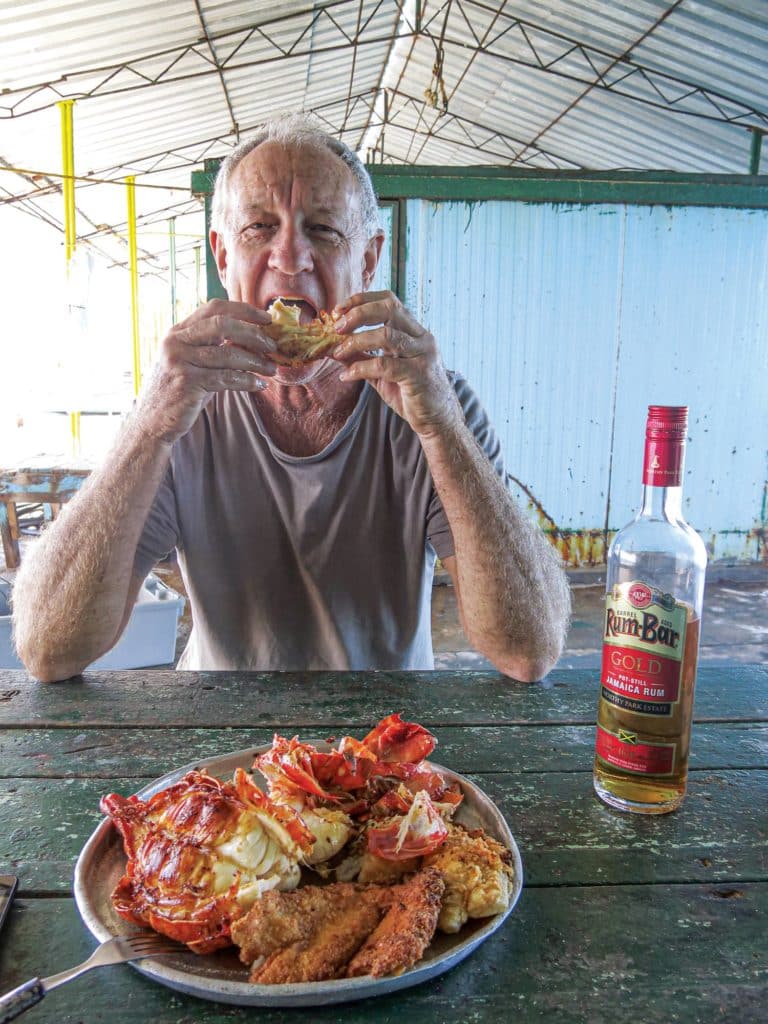
After exploring the well-preserved ruins of Fort San Lorenzo, we motored up to the Gatun Dam through pristine rainforest. The river is deep and easy to navigate, and we spent a few wonderful days anchored on the side of the channel enjoying the sights, sounds and smells of the jungle. Floating peacefully in the kayak, we watched howler monkeys capering in the trees and finally spotted a couple of toucans, the first we’d seen since arriving in Central America.
Portobelo: Pirate riches
Portobelo is a beautiful sheltered bay and a popular anchorage for cruising boats en route to Guna Yala. Sadly, a recent spate of armed robberies persuaded us against stopping, and we continued on to the marina at Turtle Cay, but we were able to hitch a ride back to Portobelo by road and enjoyed a couple of days exploring the historic town.
The old customs house, which still dominates the plaza, was where gold, silver, and slaves passing through Panama were counted and registered. Every year when the Spanish galleons arrived to transport the treasure back to Spain, merchant ships selling luxury goods and traders selling oriental wares would gather in the town. Because of the value of the goods passing through, Portobelo was protected by three forts: two on the harbor and another in town.
The wealth of Portobelo was an irresistible target to Morgan, and in July 1668, he attacked the town and quickly captured two of the forts. As he stormed the walls of the third, he purportedly used captive nuns and monks as a human shield. When Morgan returned to Jamaica, he was rebuked for his actions, but in his homeland of England, he was widely acclaimed as a national hero.
These days Portobelo is a sleepy little town with a trickle of tourists passing through. We enjoyed our stay, exploring the ruins of the forts, checking out the customs house, which was under reconstruction, and visiting the church where the famous Black Christ statue attracts pilgrims. Several yachts were moored in the bay, and if we came back again, we would be very tempted to anchor there for a few days.
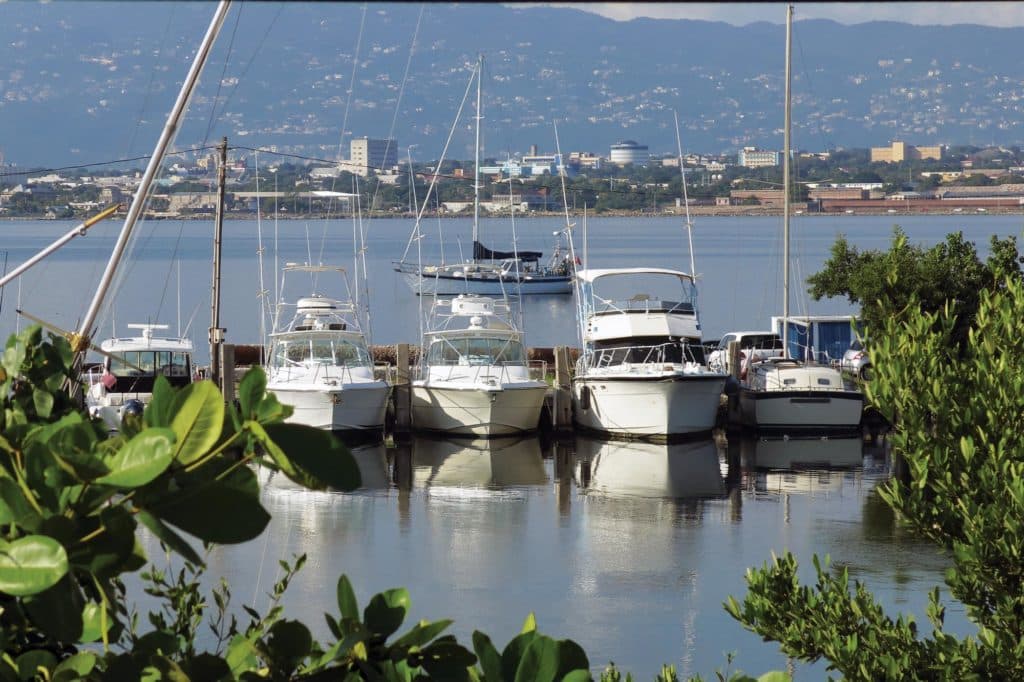
Jamaica: Exploring Morgan’s home base
Cruising friends had recommended that we cross from Panama to Jamaica before mid-December, when the northeast trades—known as the Christmas winds—increase in strength, commonly reaching gale force at night. We left in early December but nonetheless ended up beating into the teeth of a relentless 15- to 20-knot northeasterly, and with a low choppy swell, it was slow-going. We motorsailed most of the way, turning off the engine and enjoying a couple of good days of sailing only when the wind finally veered eastward.
We anchored outside the Royal Jamaica Yacht Club, on the inside of the sand spit that defines Kingston Harbour. Most visitors bypass Kingston because it has a reputation for squalid shantytowns, with gangs and violence controlling the streets. This could be true for parts of the town, particularly at night, but during the day, the city is crowded and vibrant; street markets clog the pavement, restaurants and shops throb with music, and the smell of ganja wafts in the air.
It was a short trip by bus to Port Royal, now just a peaceful backwater, but during the 17th century, the town provided a safe harbor for privateers and pirates, and benefited greatly from the revenue generated by their activities. One in every four buildings was either a bar or a brothel, and despite being overrun with liquor, pirates and prostitution, it soon became one of the most important ports in the English colonies.
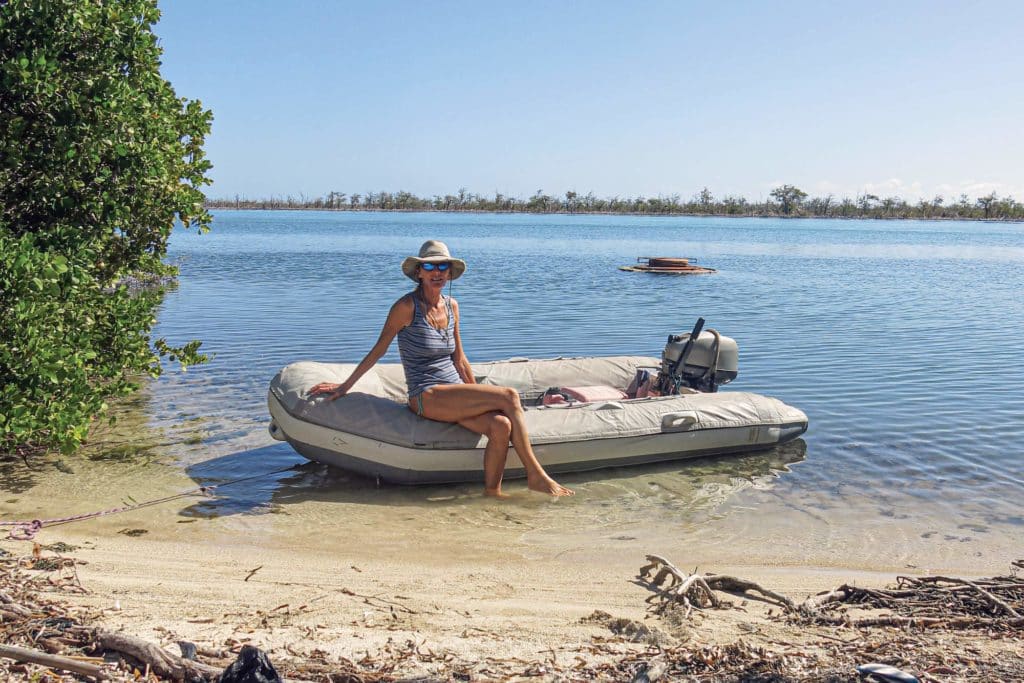
Between 1663 and 1673, Morgan conducted numerous successful and highly lucrative raids from Port Royal. In 1666, he married the daughter of the island’s deputy governor and, ironically, was made colonel of the Port Royal militia, responsible for the defense of Jamaica. However, the following year, diplomatic relations between England and Spain deteriorated, and Morgan resumed his piratical career.
Local sailors advised us to make an overnight passage to Port Antonio, on the island’s north coast, by leaving Kingston at dusk and rounding the eastern point around midnight, when the wind is lightest. We motored along the south coast into a light breeze, then once we passed Morant Point, we enjoyed a pleasurable sail until the wind dropped at dawn.
Sailing along the north coast of Jamaica was superb, with the easterly trade winds picking up in the afternoons and speeding us into the next harbor. We stopped at the beautiful tiny keyhole anchorage at Oracabessa, the home of Ian Fleming, where he wrote all of his James Bond novels. We also anchored for a night at Discovery Bay, which had nothing much of interest to see apart from a bauxite mine used as the headquarters of Dr. No in the James Bond movie of that name.
The anchorage at the Montego Bay Yacht Club is full of moorings but has room for a couple of visiting boats to anchor, provided you do not swing into the turning circle of the cruise-ship dock next door. The yacht club welcomes cruisers, and on Christmas Day, local sailors Julia and Phil on Diva invited us for a potluck barbecue. We met a friendly crowd and enjoyed chatting and picking up a few tips on cruising in Cuba and the Caymans.
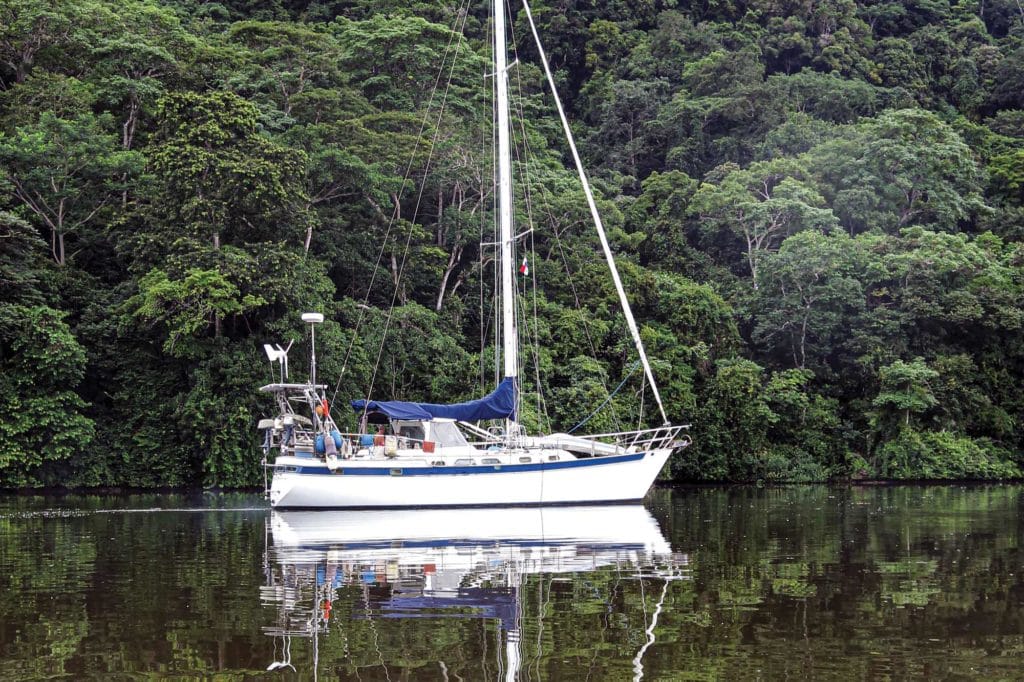
Cuba: Off the beaten path
As we departed Montego Bay bound for Cienfuegos on the south coast of Cuba, conditions for the passage could not have been better. A fresh northeast breeze on the starboard beam and a moderate sea made for a fast reach across the Cayman Trough. As the wind eased and veered in the lee of Cuba, we poled out the jib and had a beautiful run up to the Cuban coast.
From Cienfuegos it is a relaxed overnight sail to the Jardines de la Reina, a chain of remote, uninhabited cays fringing the southeast coast of Cuba. It would be easy to get lost exploring the convoluted channels that weave through the maze of mangrove islands. We visited a fishing platform at Cayo Breton and shared a bottle of rum with the lobstermen. They cooked up a platter of grilled lobster and delicious garlicky fried fish—one of the best meals we ate in Cuba!
We spent hours snorkeling on the patch reefs along the southern shore of Cayo Caballones. In the late afternoon, when the zephyr of wind dropped, we raced across the crystal-clear water in the dinghy—like skimming across the coral on a flying carpet. Moving on to Cayo Caguama, we walked along the beautiful white-sand beach searching for turtle tracks and savoring our last afternoon in the remote, uninhabited wilderness of the cays.
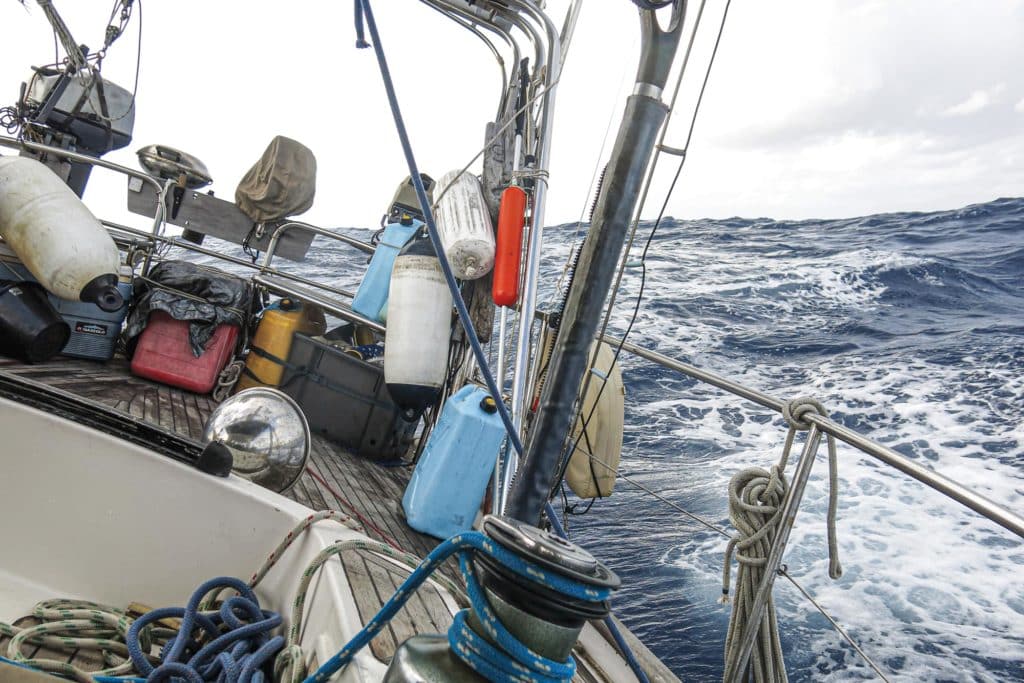
At Cabo Cruz, at the southeastern tip of Cuba, we waited a couple of days for a cold front to bring northerly winds for the passage to Santiago de Cuba. The first part of the voyage was comfortable, with 15 to 20 knots from the north-northeast, but as the sun set, katabatic winds rolled down from the Sierra Maestra, gusting to over 30 knots. We quickly put a second reef in the mainsail, took a couple more turns on the jib, and settled in for a boisterous night. At daybreak we were glad to see the sun rise over the magnificent Castillo del Morro, which guards the entrance into Santiago de Cuba.
Morgan’s first command as captain of a privateer ship was with English vice admiral Sir Christopher Myngs’ fleet, a group of privateers operating out of Port Royal. In 1662 the fleet carried out a preemptive strike against Spanish forces gathered in Santiago de Cuba who were planning to launch an attack on Jamaica. The raid was a resounding success; they demolished the town, and the infamous Castillo del Morro was totally destroyed. They returned to Jamaica with vast amounts of booty and to a hero’s welcome.
While in Santiago de Cuba we attended a Santeria ceremony. Similar to voodoo, Santeria is a religion based on Catholic beliefs blended with spiritual concepts brought from West Africa by slaves arriving at the port and adding their culture and creeds to the melting pot of the city. We entered the temple and prostrated ourselves before an altar adorned with dolls and carved figures. After hugging a huge tree chalked with mysterious symbols, three rugged-looking men began beating a frantic rhythm on bongo drums. The babalawo (shaman) danced and chanted stories and songs of praise to the tree. Much rum was drunk, and we were totally embraced in the vibrant rituals.
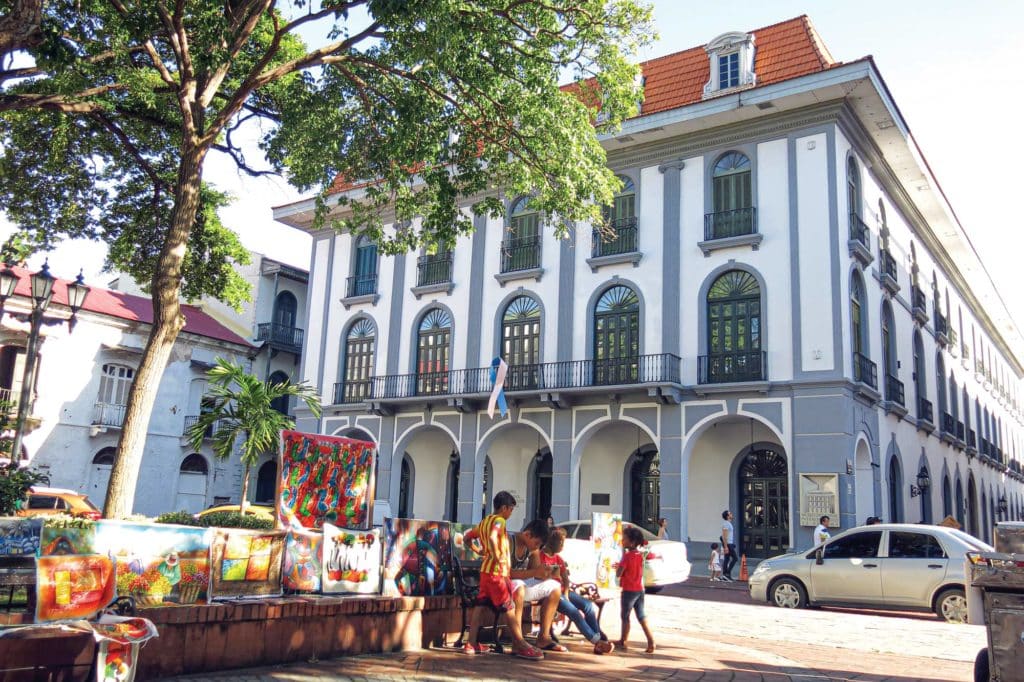
Île a Vache: A popular stop in Haiti
Before crossing from Cuba to Haiti, we waited for a lull in the strong northeast trades, which often reach gale force as they funnel through the Windward Passage. We enjoyed a wonderful beam reach from Santiago to the west end of Haiti, but in the lee of the island the wind veered, and we picked up a west-setting countercurrent. We spent the second night of the passage motorsailing slowly into a headwind, and the next morning dropped anchor at Île a Vache, a small island off the south coast of Haiti.
Morgan frequently used “Isla Vaca” as a base for his operations, and in January 1669, he gathered a fleet of 10 ships in Baie à Ferret for a raid on Cartagena. During a night of drunken revelry, a spark in the ship’s gunpowder magazine triggered an explosion that blew up Morgan’s flagship, Oxford. He and the captains seated on one side of the table were blown into the water and survived; those on the other side were killed, along with about 200 of his men.
Île a Vache is a popular stopping point for cruisers waiting for fair winds to sail east to the Dominican Republic. The cruisers provide a trickle of income to the village. Every day dozens of villagers paddled out to Distant Drummer and knocked on the hull; children asking for sweets, fishermen hoping to sell us their catch, and other men looking for work cleaning the hull, polishing the stainless steel or guiding us to the market—anything to earn a few Haitian gourds.
From Haiti we sailed directly to Puerto Rico, taking advantage as best we could of the land breezes and favorable countercurrent close to the coast. We bypassed the Dominican Republic where, as a junior army officer, Morgan had taken part in an unsuccessful attack on Santo Domingo.
Cruising eastward through the Greater Antilles, upwind and against a west-setting current, was challenging, but the opportunity to get off the beaten track in the Caribbean was ample reward. The people we met reflected the distinctive character of each island—the boisterous humor of the Jamaicans, the extraordinary resourcefulness of the Cubans, the poverty but enduring courtesy of the Haitians, and the affluence and bravado of the Puerto Ricans. Although each island is unique, they are linked by a grisly history of colonialism, piracy and slavery. Whether a pirate or patriot, Capt. Henry Morgan played a significant role in shaping the destiny of the southwest Caribbean.








